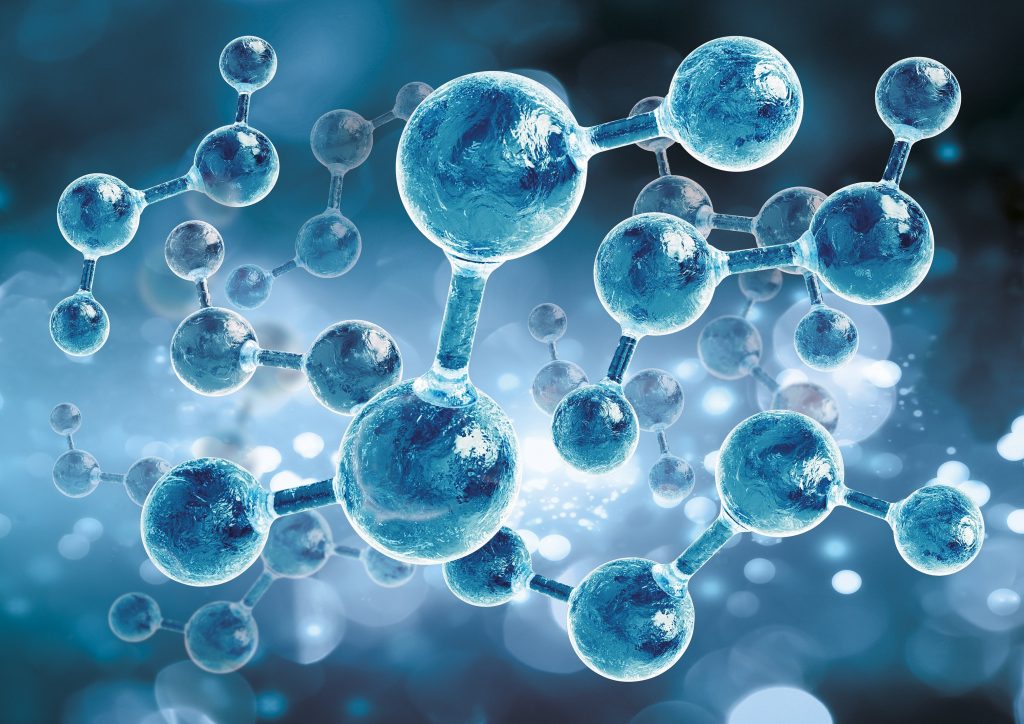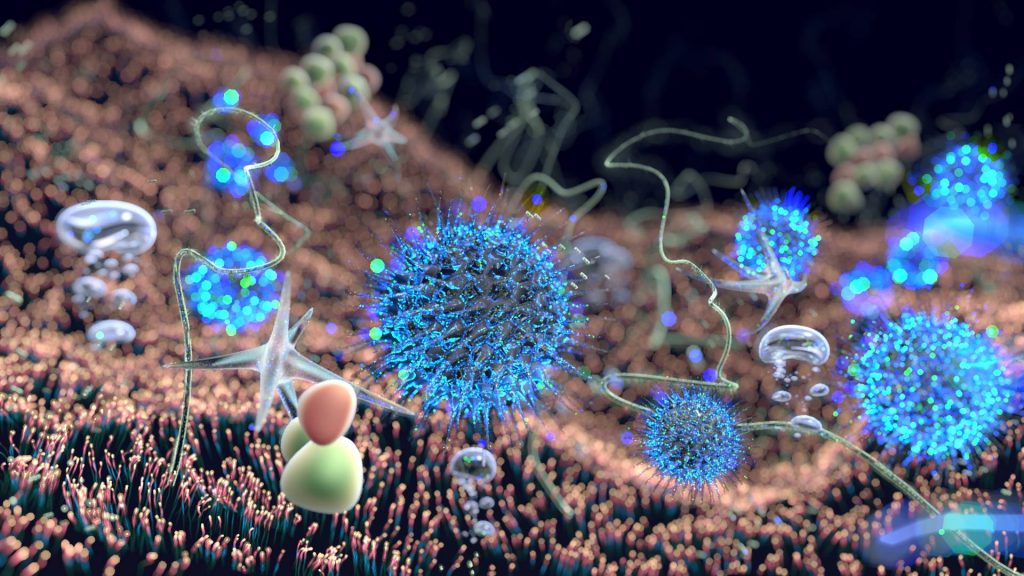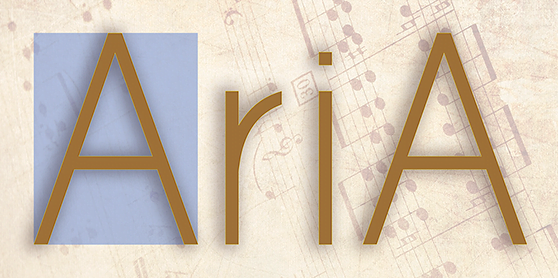Fortunately, or perhaps unfortunately, the structure of our world is completely independent of humanity's wishes. Mankind can destroy life, but fix it, edit it, alas. It won't be possible. For even a human cell carries in itself a flow of information, which no computer can cope with.
Human cell drug molecules.
If each molecule of an aspirin tablet were the size of a grain of salt, such a mountain would form... that the tablet would be 10,000 times larger than the Great Pyramid!
The active ingredient in any medicine is a specific molecule whose structure and shape determine its effect on our bodies. The distinguishing feature of molecules is that they are much smaller than most of us actually realise - infinitely smaller than the smallest particles we can see with the naked eye. So when we swallow a pill or give an injection, several quadrillion or quintillion molecules of the drug enter us.
People sometimes wonder how the pill they drink knows exactly what it needs to treat in your body. The answer is that the drug molecules evolve according to their molecular and cellular properties. Smaller molecules, such as aspirin (acetylsalicylic acid), can affect targets located inside cells, whereas larger molecules, such as antibodies, usually cannot.
But the real question should be, "Where do drug molecules bind?" Indeed, the challenge for scientists is to develop highly selective drugs. Consequently, they are able to interact with the target protein associated with the disease, but with minimal or at least acceptable effects on other targets. Achieving such precision requires years of work and research, followed by lengthy and comprehensive tests to demonstrate that the expected benefits to patients from using a drug outweigh its risks.



Every human cell is the size of a speck of dust, but it is more complex than a spaceship.
This may not seem like an accurate comparison, but the "component list" of a cell is billions of times larger than that of the space shuttle. A NASA fact sheet describes the space shuttle as "a single vehicle made up of some 2.5 million moving parts". In living cells, proteins are like nanomachines that carry out programmed actions. So, a single human cell's "parts list" may include up to 10 billion protein molecules, each containing up to 10 million ribosomes that assemble proteins, based on information encoded in matrix RNA.
There are at least 20,000 different kinds of proteins in the human body, although there are actually many more, because the same protein can often take different forms with different functions. A typical human cell has at its disposal tens of thousands of different types of proteins that simultaneously maintain cell structure, send or receive signals, catalyse chemical reactions, and assemble, degrade and transport molecules.
And all this incredible complexity is contained within such a small space that only an optical microscope can see. This is a living machine, which scientists must carefully study and understand, as it is in the cells that all the molecular defects that cause disease originate. By the way, brain cells are the longest-living cells among the living cells in our body; they do not change throughout a person's life.

If the 3 billion letters of DNA that make up your genetic code were printed as a book, it would contain about 1 million pages!
Our genetic code, contained in DNA, has a fairly simple alphabet of just four letters: A for adenine, T for thymine, G for guanine and C for cytosine. Genetic information is stored and analysed digitally but it is not uncommon to see specific DNA sequences described in scientific articles.
But what would all our DNA look like if it were printed in book form?
Well, for one thing, you couldn't fit that text into a book. Using a medium-sized font, you would need a million pages or about 2,000 volumes of 500 pages each to fit the entire genome. Nevertheless, a single "typo" in the text, one missing letter and it is a point mutation that changes everything and creates the difference, between health and disease.

 and then
and then 
